Herein we chronicle one man’s slightly misguided and convoluted journey to classic Porsche ownership.
Imagine you’re at a party, one where you don’t really know many of the attendees. And so the small talk begins. Where do you live? What do you do? Interests? Naturally the subject of cars comes up, inevitably prompting the question; “So what do you drive?” The simple answer of “Porsche” brings with it expectations. It’s probable most are imagining a 911. But then you drop the bombshell; “Yeah, it’s a classic Porsche, a 944.”
Thanks to a certain Mr. Clarkson and his well disseminated views, the comeback is often “oh, the one with the van engine!” From there the conversation either finishes with a begrudging grin of agreement or continues into proper front-engined Porsche geekery. Today’s yarn calls for the latter. It’s an unusual occurrence to be writing about my own car experiences. Having relayed so many stories rich in history and character, my own front-engine Porsche experiences seem a little wanting.
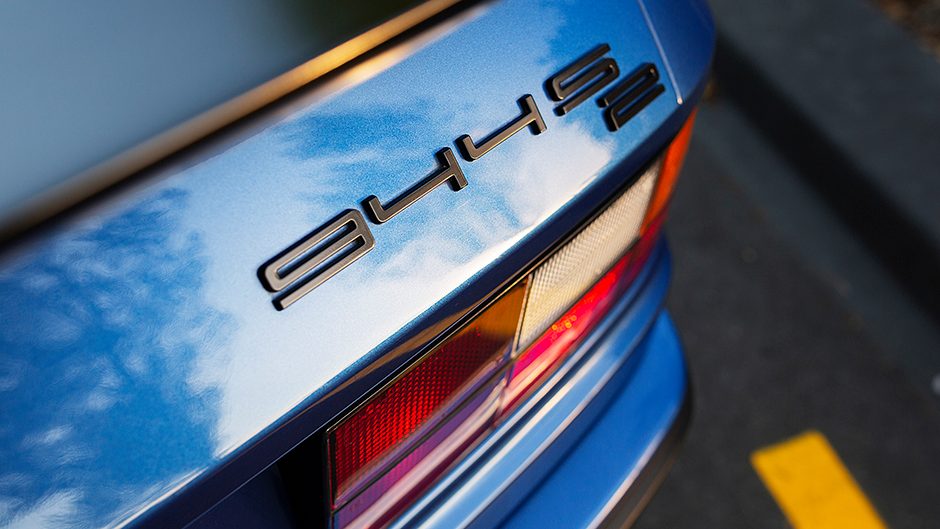
However, I’ve long maintained that every enthusiast’s car has a reason for being in the shed. Like so many kids, my obsession began with Matchbox cars, and one of those happened to be a red Porsche 944 Turbo, with doors that opened to reveal a sumptuous tan interior. The love affair naturally progressed, influences coming from a couple of uncles with a compulsion for racing classic Alfa Romeos, namely the most maligned (and misunderstood) of the time, the Alfasud.
To an impressionable 10-year-old, these were proper race cars. Weekends at the track ‘helping’ blossomed into regular flag marshall volunteering. Strapping into the passenger seat of the odd Alfa Romeo race car only heightened the craving for an Alfa to call my own.
It happened eventually. That’s a saga of its own, but it involves a 16-year-old buying a rusty Alfasud, an accident on the drive home, a lengthy restoration on limited funds, and an eight-year ownership comprising about as much fun an individual can have with a car.
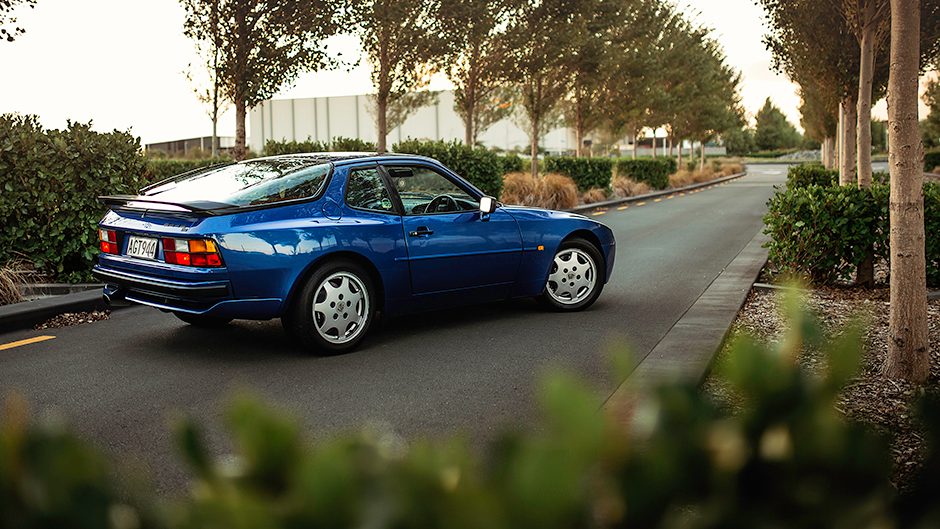
It taught me to be patient with electrical issues and to beware previous owners’ mechanical shortcuts, something that would pay dividends later. Continued immersion in the classic racing scene sparked the fascination for the “not-911” style of Porsche.
The Bridgestone Porsche series was still in full swing back then and I’d noted there were a handful of low-slung, long-nosed coupes handing it to the more favoured 911s. They were Porsche 944s. Possessing a rabid young mind, I read up on the model. Back in the mid 1970s, VW-Audi had commissioned Porsche to study the viability of a compact, front-engined rear-wheel drive sports coupe. It was to be a sporty flagship for both brands which, at the time, were hardly imbued with prestige.
The oil crisis and economy woes of the 1970s weighed in however, and cancelled the project. But was it just dormant instead? Porsche elected to take it on themselves, creating a lithe sports car with pure cab-rear proportions and an economical, if not quite underwhelming, 2.0-litre VW-Audi four-pot under a sweeping nose. The masterstroke was in the transmission placement. By connecting the engine via a torque tube arrangement to a transmission on the rear end, the “transaxle era” of Porsche was born with the debut of the 924 in 1976.
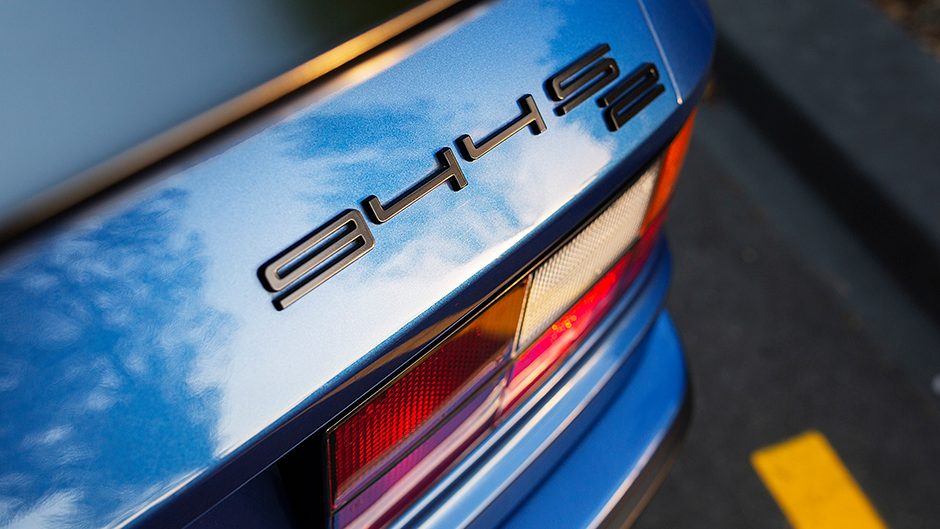
Digesting period road tests, I learnt the 924 possessed exceptional road manners, and precise handling with its 48/52 weight distribution. Porsche would develop more focused versions of the 924, including the Turbo, but importantly for a budding Porsche fan, it was the genesis for the 944. With boxy guards at each corner and a cheeky wedge-shaped spoiler on the hatch balancing a considerably more aggressive front air dam, the 944 had a more serious look to it.
Crucially, the engine was now all Porsche. A 160hp 2.5-litre single-cam four, developed from half of the 928 V8, occupied the bay of the new-for-1983 944. Even 50/50 weight distribution endowed the 944 with prodigious handling. And even today it’s touted as one of the finest driver’s cars.
The 2.5 litre was punchy, albeit not a revver, with a broad torque curve ensuring tractability through the twisties. The 944 proved a hit, with sales booming and popularity through the roof, despite what some felt was questionable DNA. Again, turbo models followed, beginning with 220hp then upping the ante to 250hp.
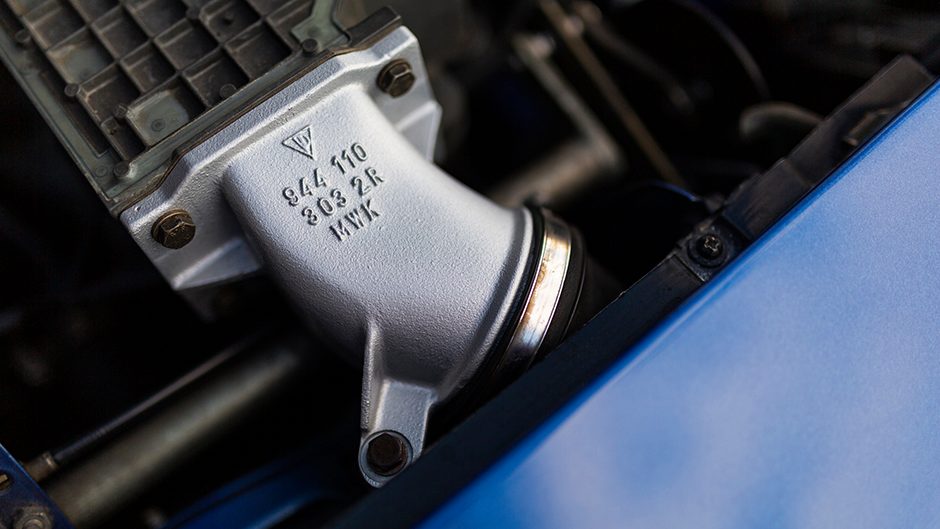
The turbo featured sleeker styling treatment, with a rounded nose in place of the separate bumper/valance arrangement of the standard 944. Arguably the best looker, the styling features would make their way to the ultimate naturally aspirated model in 1989, the 944 S2. And it was this model in particular that caught my attention. Backed with a plethora of knowledge about a car I couldn’t afford, the dream was waylaid by several years as a love of more affordable Japanese cars ensued.
There were old Toyota Starlets by the half dozen and a brace of VTEC Hondas courtesy of an Integra Type R and Torneo Euro R (now that one was exciting). A 1970s Nissan Cedric provided carriage for a road trip around the South for myself and partner. It was a car we made a lot of great memories in, one that ultimately gave way to Porsche ownership. However, that wasn’t the car you see here.
That was a Kiwi-new, 1987 944 2.5 in alpine white that came with a stack of receipts you could chock a jumbo jet with. It scratched the itch, but not hard enough. The 944 S2 aesthetic was the absolute goal, and anyway, life soon dictated that 944 #1 needed to go. I vowed to buy another, and it’d be a 944 S2. The one.
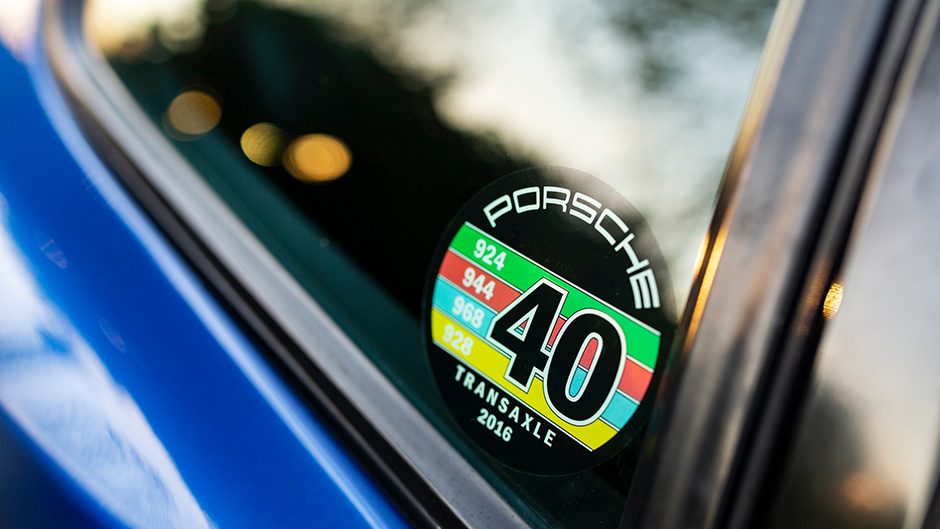
Four years later it happened. Scraping together the funds, the search began, leading me to a cobalt blue example that had languished on Trade Me long enough to have me thinking I could it bag for a reasonable price. Calls were made, inspections were arranged and assessments were returned in the affirmative. Flights were then booked to Christchurch with the intent to drive the car back to Auckland.
We landed late on a grim Friday night. The car checked out well enough to hand over my cash to the elderly owner, and next morning we hit the road. It transpired the aircon didn’t work and neither did the heater. But finally, finally… I had the dream. A 1991 Porsche 944 S2, featuring the most powerful of all the inline-four Porsche lumps with a heady 211hp from it’s twin-cammed 3.0-litre.
There’s no better way to get acquainted with a car than a decent road trip, despite stormy conditions in an untested classic Porsche without a heater. But what a revelation. The four pulled to redline with ease, buzzing past 6000rpm with silky aplomb. This of course, is attributed to the twin balancer shafts.
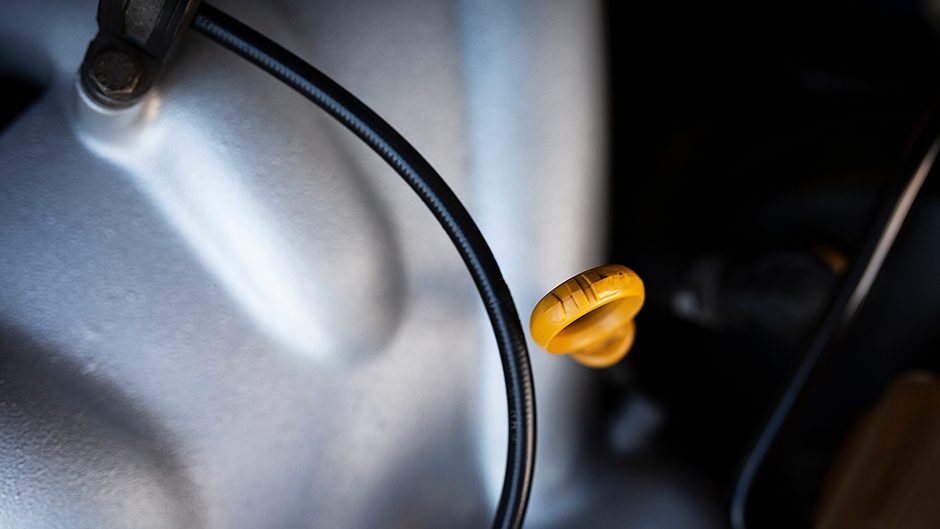
Punting it through corners was exciting, despite dampers that had compressed and rebounded countless times over their 127,000km lifetime. It’s not a car I’d describe as particularly pointy; the controls are heavy handed and the turn in is more on the understeer side of neutral. But midcorner is where it shines, with an unshakeable feel to the grip that lends a great confidence in the chassis set-up. Seated right in front of the rear axle sees it communicate clearly and when it does step out, the progressive application of opposite lock gently eases it out of a slide. It’s comfortable too, unless you have designs on fitting in the token rear seats. Front seat passengers get ample room with seats supporting nicely.
The dash layout is beautiful in its simplicity and sublime in functionality. Once home however, the troubles began. The adage “there’s no such thing as a cheap Porsche” runs painfully true. There were several cosmetic issues which I acknowledged needed rectifying during the 1200km trip north, but also a whole host of mechanical problems I hadn’t figured on. The 944’s supreme driving experiences became punctuated with mechanical mishaps. The radiator sprung a leak and was duly replaced.
This then caused the pressurised water to find another way out, this time through the overflow hose. It became an exercise in fruitless fault finding until late one night the car finally overheated and popped a small water hose, leaving a mess beneath that shapely bonnet. Diagnosis? A blown head gasket, duly rectified with help from the dedicated Porsche Transaxle community and a local specialist. Electrical problems plagued the car, the brake system needed a rebuild along with finally sorting the years of neglected regular servicing. It was a brutal realisation that these cars simply do not forgive “deferred maintenance.”
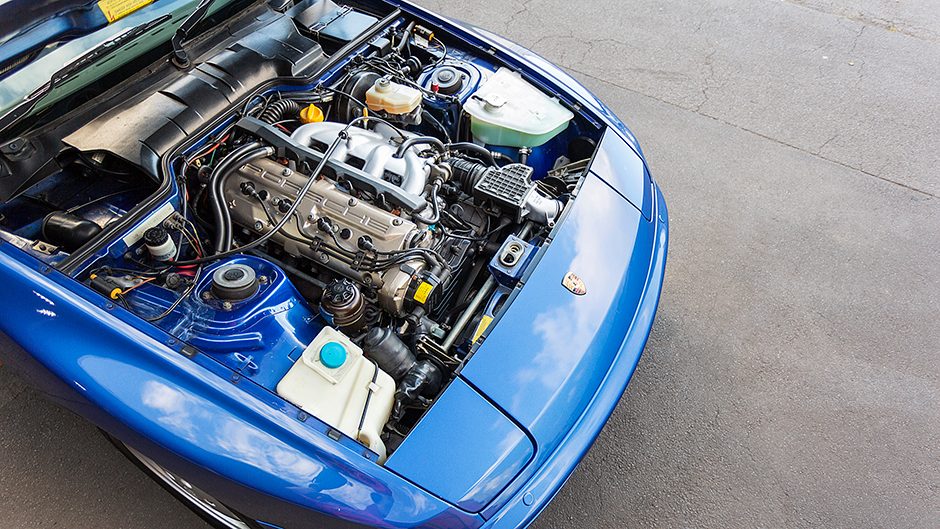
It’s all rather easy to forgive however as the 944’s shape still cuts a stylish swathe through the contemporary silver lozenges on the roads. Slipping behind the wheel and hearing the big 3.0-litre spring to life after an extended turn of the key never fails to induce a grin. Watching pop-up lamps raise and cast their beam across a beckoning twisty road is possibly the best way to enjoy Porsche’s perfectly balanced, classic bargain.
Driving (and owning) the dream is something few enthusiasts get to experience. For me, it was a case of making it happen when I could, the bonus being I could smile and nod at the misguided party chat, knowing that in the garage is an underrated, retro-cool corner carver more than worthy of the Porsche badge upon its nose.


